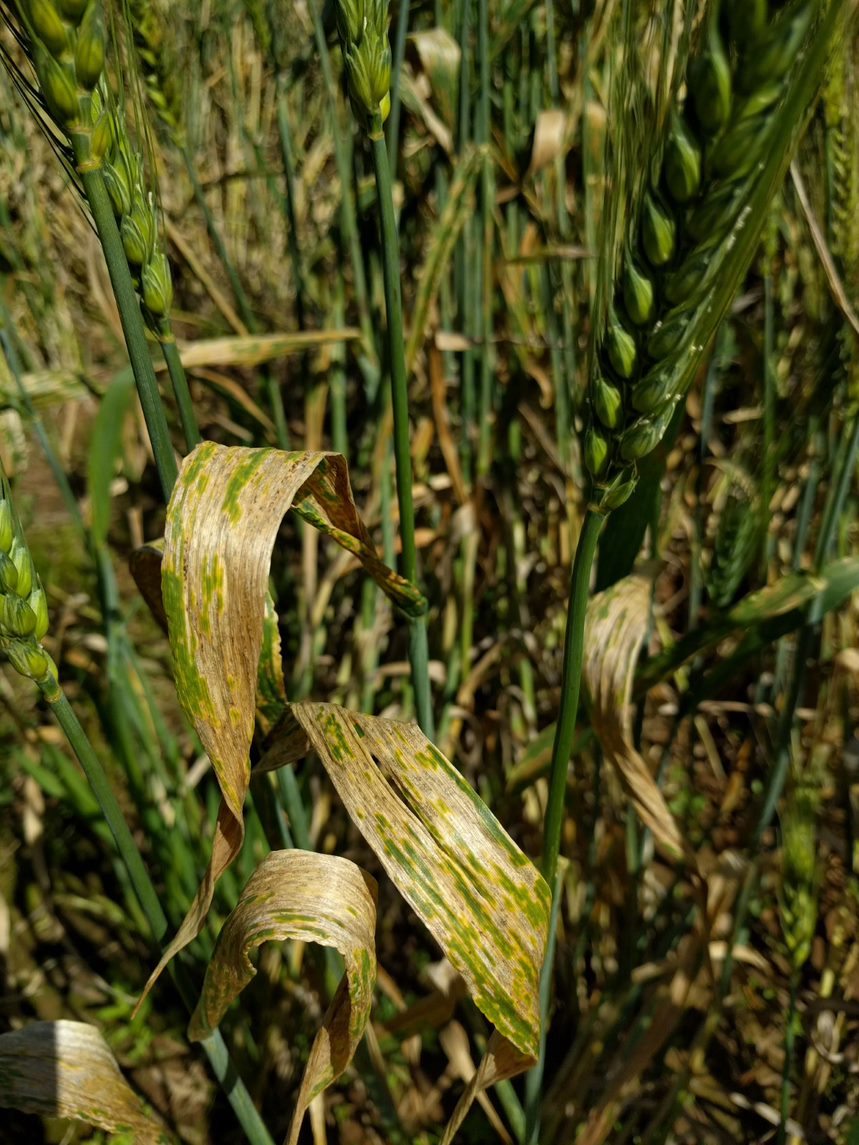PS Seminar Series- PhD Exit seminar - Characterising extracellular vesicles from the fungal wheat pathogen Zymoseptoria tritici
Fungal phytopathogens secrete a litany of molecules during their infection of a plant host, including virulence factors like effector proteins. Secreted virulence factors function in the apoplast of host tissues or are trafficked into host cells.
Speakers
Event series
Content navigation
Description

Abstract - Fungal phytopathogens secrete a litany of molecules during their infection of a plant host, including virulence factors like effector proteins. Secreted virulence factors function in the apoplast of host tissues or are trafficked into host cells. Plants secrete their own arsenal of defence molecules. While many proteinaceous virulence or defence molecules are trafficked to the extracellular space via the canonical secretion pathway, it is evident other noncanonical pathways are also used. One of these may involve extracellular vesicles (EVs), membrane-bound nanoparticles secreted by cells to the extracellular space. EVs carry cargo, including proteins, lipids and nucleic acids, and can mediate mammalian cell–cell communication. Recent studies of plant EVs suggests they may traffic defence-related molecules during pathogen infection. Given human pathogenic fungi secrete EVs with implicated roles in virulence, it is likely fungal phytopathogens also use this noncanonical secretion mechanism during host infection.
The fungal pathogen Zymoseptoria tritici causes the foliar wheat disease Septoria tritici blotch (STB). STB causes significant yield losses in temperate wheat growing regions around the world. Despite the impact of STB, the mechanisms driving disease and biology of the causative pathogen remain unelucidated. Z. tritici is an extracellular pathogen, colonising the apoplast before inducing host cell death. I questioned if Z. tritici secreted EVs during infection as a means of delivering virulence factors to the apoplast and/or host cells. I aimed to determine if Z. tritici secreted EVs in vitro and if so, characterise their protein cargo. I also aimed to develop molecular tools, such as EV protein markers, to facilitate the detection and isolation of Z. tritici EVs during infection of wheat.
There were no existing studies of EVs from Z. tritici, and few of filamentous fungal EVs, at the onset of my research. I have since shown EVs can be isolated from Z. tritici axenic broth cultures; these EVs morphologically resembled those previously described in other fungi. Proteomic analyses of Z. tritici EVs revealed proteins with and without signal peptide sequences. EVs were not enriched in virulence-associated proteins, but did contain a Sur7-family protein homologous to a proposed Candida albicans EV marker. To facilitate future in planta EV studies, I tested the utility of Z. tritici Sur7 as an EV protein marker. I showed Z. tritici Sur7 fused with an mCherry tag was likely bona fide EV cargo and was useful for detecting fungal EVs in vitro, but not in planta, given its lack of detectable expression in Z. tritici-infected wheat leaves. Despite this, there are other potential EV protein marker candidates that can be experimentally validated next.
In summary, I have conducted an initial in vitro characterisation of EVs from the important fungal wheat pathogen Z. tritici. While it remains unclear if and how EVs contribute to the pathogenic lifestyle of this fungus, I have established an experimental foundation from which this novel line of investigation can continue. Fundamental research into the biology of Z. tritici and other pathogens is essential for understanding the diseases they cause in the field and will underpin the development of new disease management strategies in future.
Bio - I completed my Bachelor of Science at the ANU in 2018, which included an Honours year in the Solomon lab working on the genome annotation of a fungal wheat and barley pathogen. I continued in the Solomon lab for my PhD in 2019, but completely changed my research focus to noncanonical secretion mechanisms in the fungal wheat pathogen Zymoseptoria tritici.
Location
Slatyer Seminar Room, N2011, Level 2, RN Robertson Building (46)




